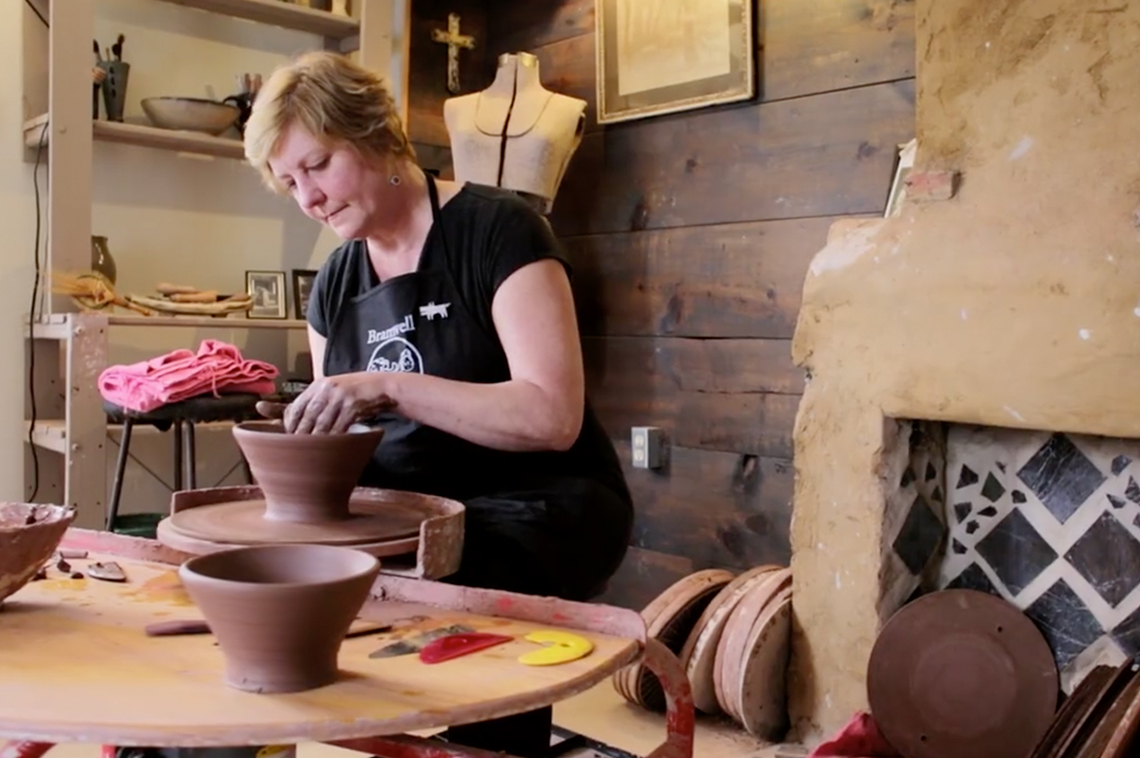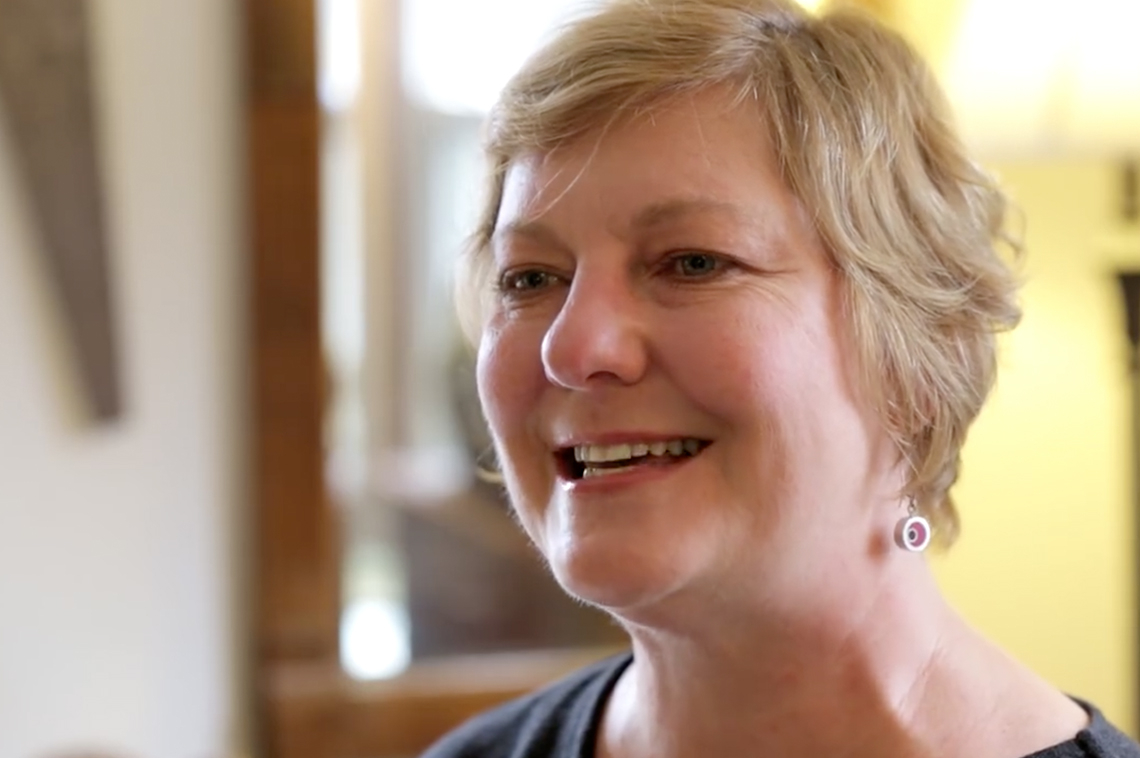

We’ve been working with The National Consortium for Creative Placemaking to produce Leadership summits all around the country. In Charleston WV we joined by attendees from as far away as Los Angeles, Canada, Alabama, South Dakota, Missouri, New York, and as close as down the street. The next leadership summit is happening in October in DC, please join us!
Renée Margocee welcomed us to Charleston with words that seemed perfect to kick off our month focusing on “home” and how arts and culture can play such a big part in happy, equitable, healthy and sustainable communities
“I am a native West Virginian from a small coalmining town with a population that is hovering right around 350. Like much of our state, there is no direct line to get from here to there. Up, over, down and around are the inevitable directions you’ll hear given at the town gas station. Historically, the terrain and difficult navigating kept visitors away and families at home. While words like 'isolation' and 'being closed off are often part of our state’s narrative, when talking to locals, you will find that our people feel rich beyond compare and content right where they are. Our traditional culture has been shaped by using what is close at hand. We are skilled at merging function and form to create things that are both beautiful and useful.
Appalachians are a modest people and growing up, I don’t recall knowing anyone who referred to themselves as an artist, but grandmother knew how to piece an intricate quilt top made up of complicated geometric patterns, mother knew how to make a delicious pies out of vinegar and sugar, auntie knew how to weave oak gathering baskets to carry the garden bounty from the field to the house, and grandfather played old time music which he learned simply by listening to others play and I, being drawn to the earth and mud, learned how to throw a pot. Creativity and art making practices were abundant even if the makers didn’t identify themselves as being creative or artistic. Even today, many people living in our communities think artists are separate. Artists live in New York City in bohemian studio apartments and have openings at fancy art galleries where the champagne flows without end. But creative placemaking brings about conversations that work to move us away from this mindset, and embraces the idea that every community is made up of artists-our richest asset. And that the term art is deep and wide and encompasses many forms from food to furniture to portrait painting.
I confess that at one time, I was one of those people who thought New York City was a necessary ingredient for making art. In an attempt to remove myself from the Appalachian story that casts us all into the role of a dirty coalminer’s kid who might be in need of government cheese or other welfare programs. A story that was never mine, but given to me nonetheless, I ran away to sever any connection between me and that story. I lived in the city on and off for several years, returning to West Virginia for summer break where I walked a few miles up the holler to live a completely different life. It was this moving away from and returning to that showed me the value of what many West Virginians are born knowing
There is no place like this place on earth-West Virginia, almost heaven. While I didn’t have the language for it, after a lifetime of exploring this place, making objects from red clay and creating pieces that will last decades hundreds of years into the future, I realize I have been considering creative placemaking for quite a while. Creative placemaking repositions how we think about the arts, leading with abundance rather than need, flipping the question from 'what communities should do for the arts' and instead asking 'what the arts can do for the community.' Providing a common ground where we can all agree that the arts are a key component in the make-up of stable communities, in providing larger social offerings, in openness, in inclusion, and in developing a keener sense of aesthetics. Studies shows that those who sing in their church choir or act in a local production of Hamlet not only have a reinforced sense of individual identity, the experience of collective artmaking also forges a group solidarity that lasts far beyond the music making or acting. In short, the arts make us better human beings, better neighbors and better builders of community. Creative placemaking identifies arts and culture as a core sector of community planning and development right along with housing, transportation, public safety and open space, and has caused us to create a framework and shared language to talk about the arts in a way that is understood not only by creatives, but also by mayors, city planners, health care providers and local business owners.
It asks the question, 'How can we share more memories of our abandoned buildings and gain a better understanding of our landscape? How we can share more of our hopes for our vacant storefronts, so our communities can reflect our needs and dreams today? How can we turn neglected spaces into constructive ones? It is about making space for reflection, contemplation-a space where we can feel that we are not alone. It provides the opportunity to have a voice and share more with one another. It moves us away from thinking of artists as interior designers who are asked to go away once they have made a space more attractive, so that government officials, community leaders or business owners can move in to bring about prosperity and change, and instead invites us to see the value of utilizing the arts as part of the solution to many of the issues facing our communities today-issues that can only be resolved through collaboration, open dialogue, and shared vision.'
Let us come together to share meaningful ways to create economic prosperity, champion social justice, ensure inclusion, and explore community health and wealth in artful and imaginative ways, so that our places are places where we want to live, where we prosper, and where people feel a part of instead of apart from."





